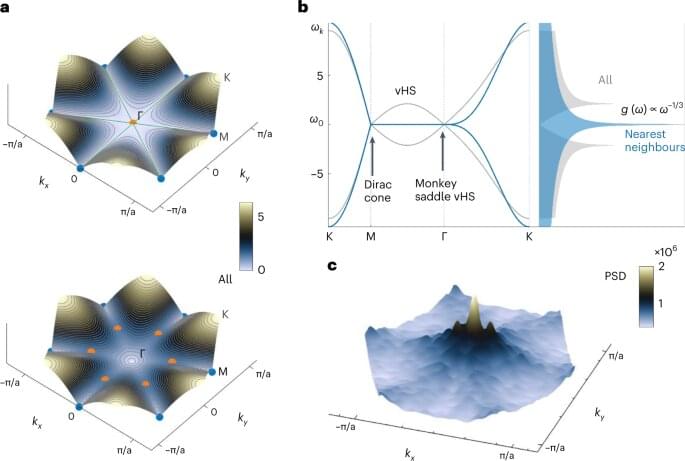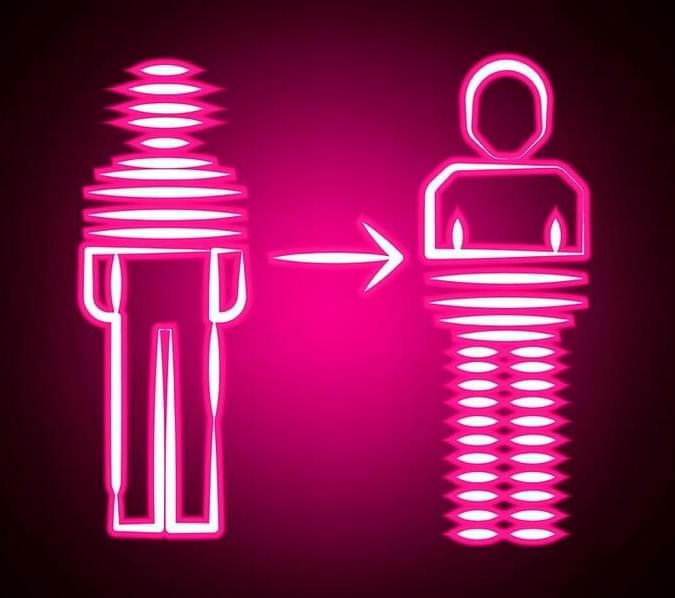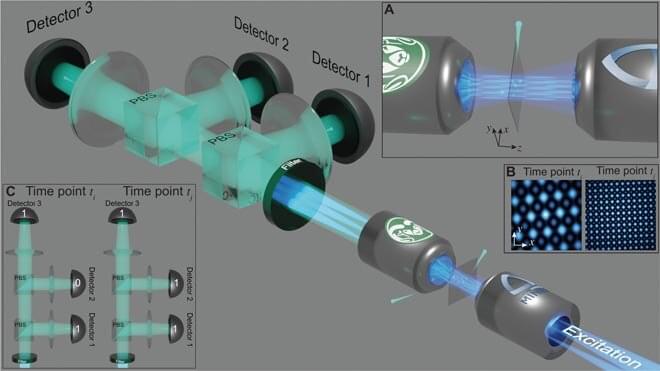Jan 26, 2023
Scientists observe ‘quasiparticles’ in classical systems for the first time
Posted by Dan Breeden in categories: particle physics, quantum physics
Starting with the emergence of quantum mechanics, the world of physics has been divided between classical and quantum physics. Classical physics deals with the motions of objects we typically see every day in the macroscopic world, while quantum physics explains the exotic behaviors of elementary particles in the microscopic world.
Many solids or liquids are composed of particles interacting with one another at close distances, which sometimes results in the rise of “quasiparticles.” Quasiparticles are long-lived excitations that behave effectively as weakly interacting particles. The idea of quasiparticles was introduced by the Soviet physicist Lev Landau in 1941, and ever since has been highly fruitful in quantum matter research. Some examples of quasiparticles include Bogoliubov quasiparticles (i.e. “broken Cooper pairs”) in superconductivity, excitons in semiconductors, and phonons.
Continue reading “Scientists observe ‘quasiparticles’ in classical systems for the first time” »


















